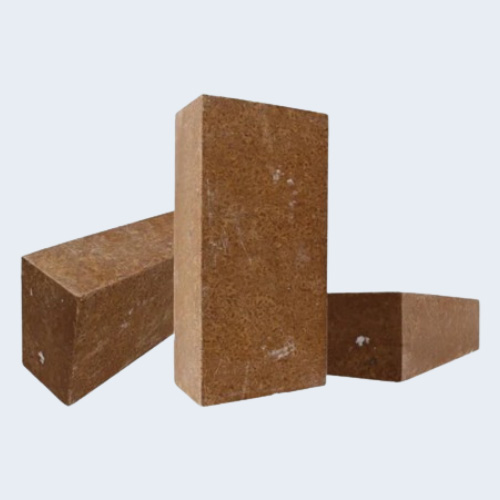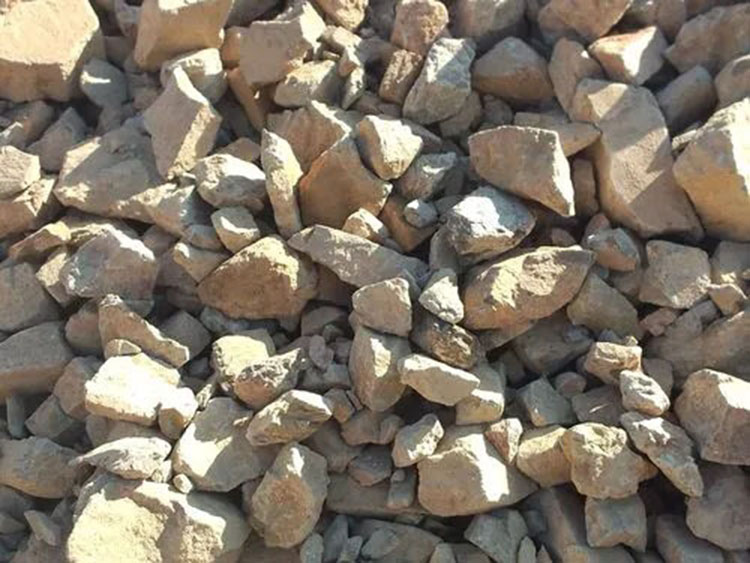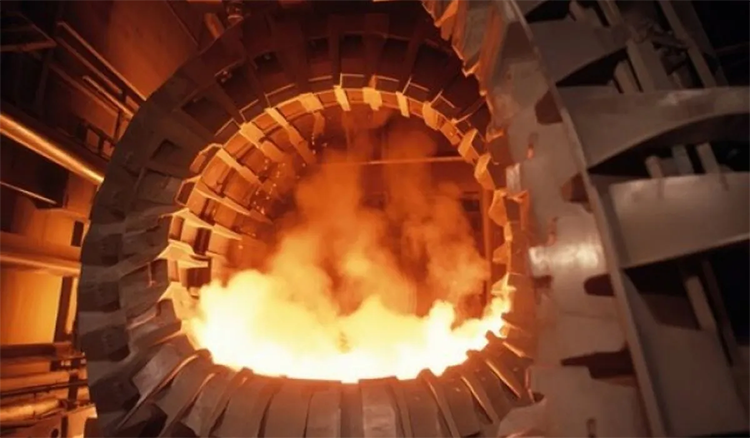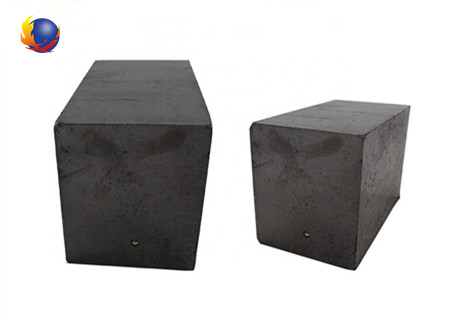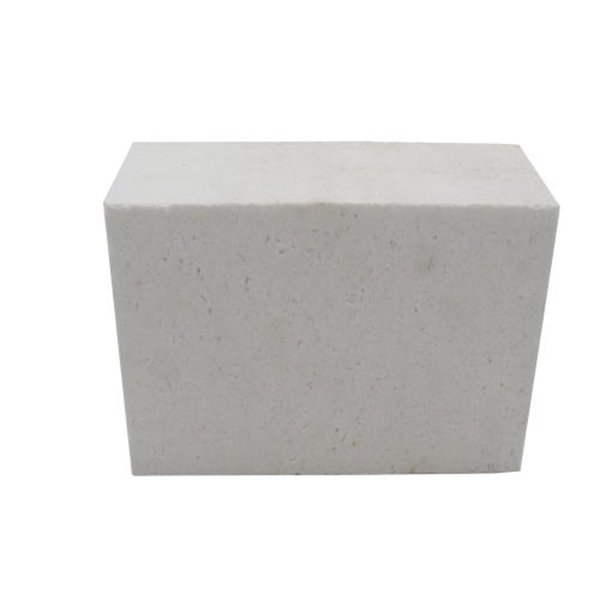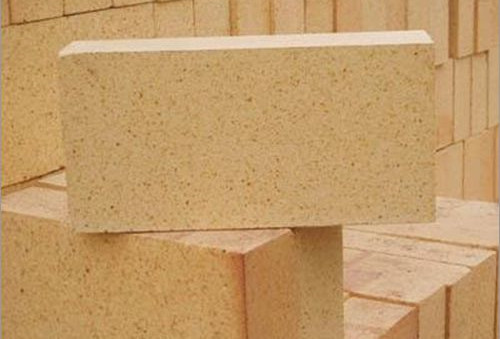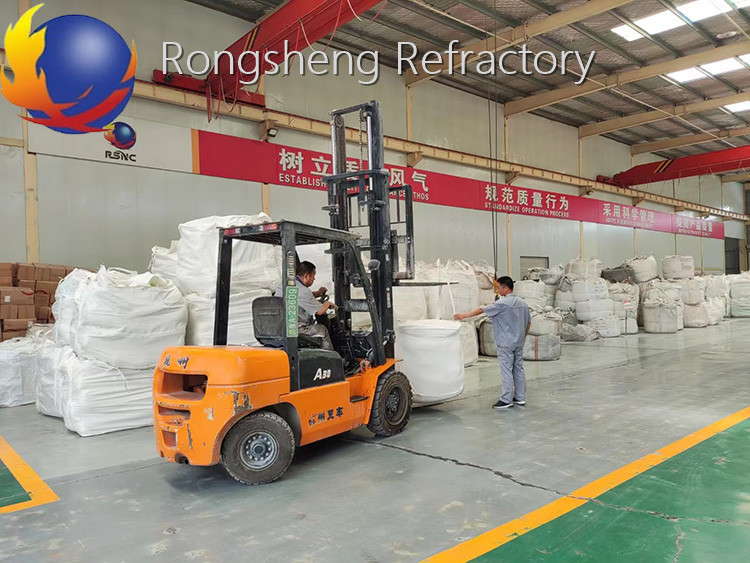
The Evolution and Advantages of Monolithic Refractories in Modern Industry
Introduction In the industrial sector, the significance of refractory materials cannot be overstated. They are the backbone of processes that involve high temperatures, ensuring safety, efficiency, and longevity of equipment. Among the various types of refractories, monolithic refractories have emerged as a pivotal innovation, revolutionizing the way industries handle high-temperature operations. Understanding Monolithic Refractories Monolithic refractories are a class of refractory materials that are installed as a single continuous mass. Unlike traditional brick refractories, which are made up of individual…

